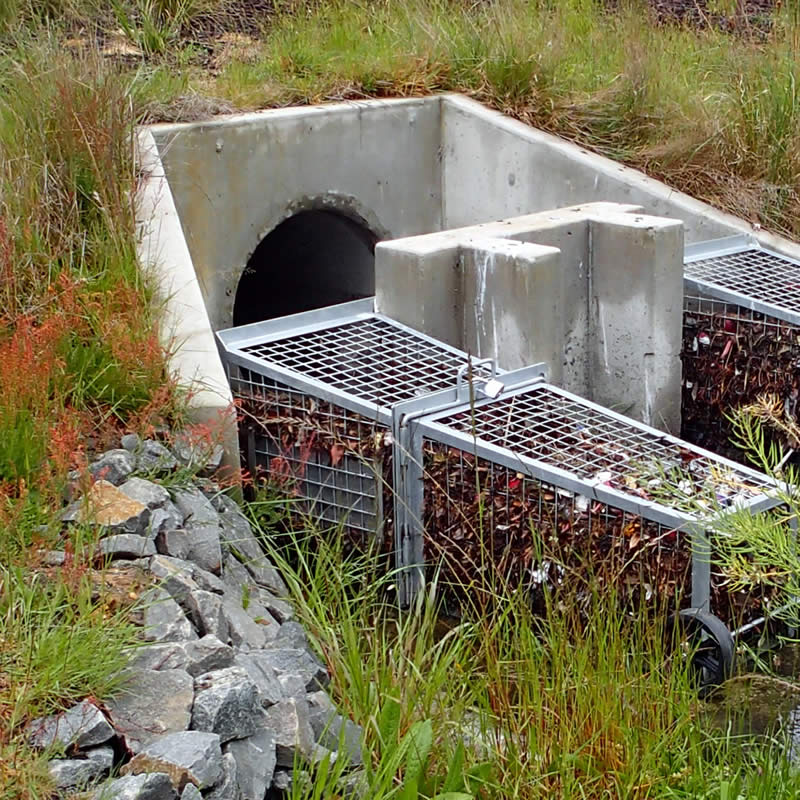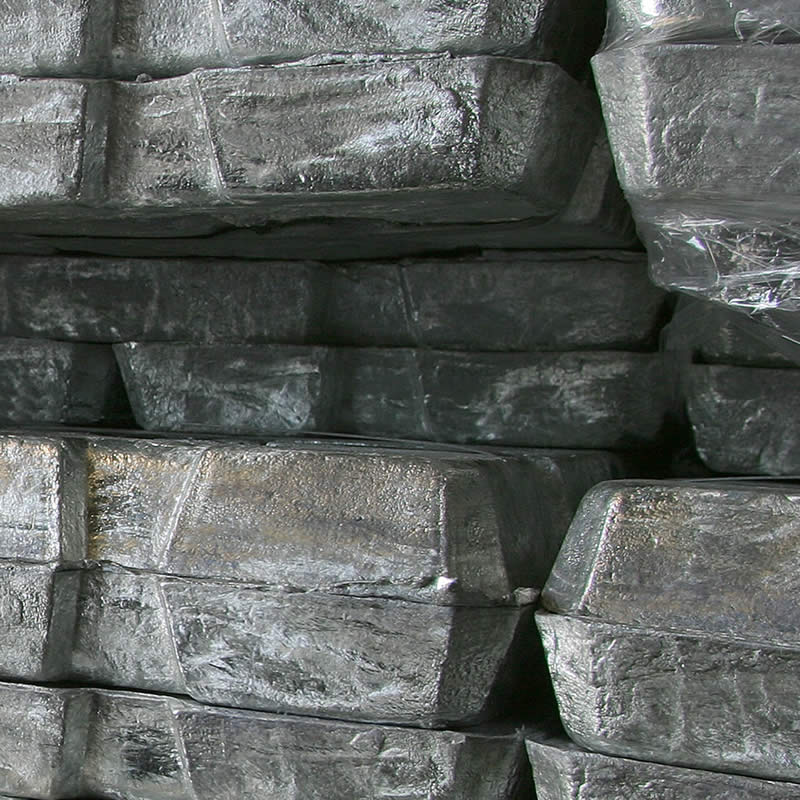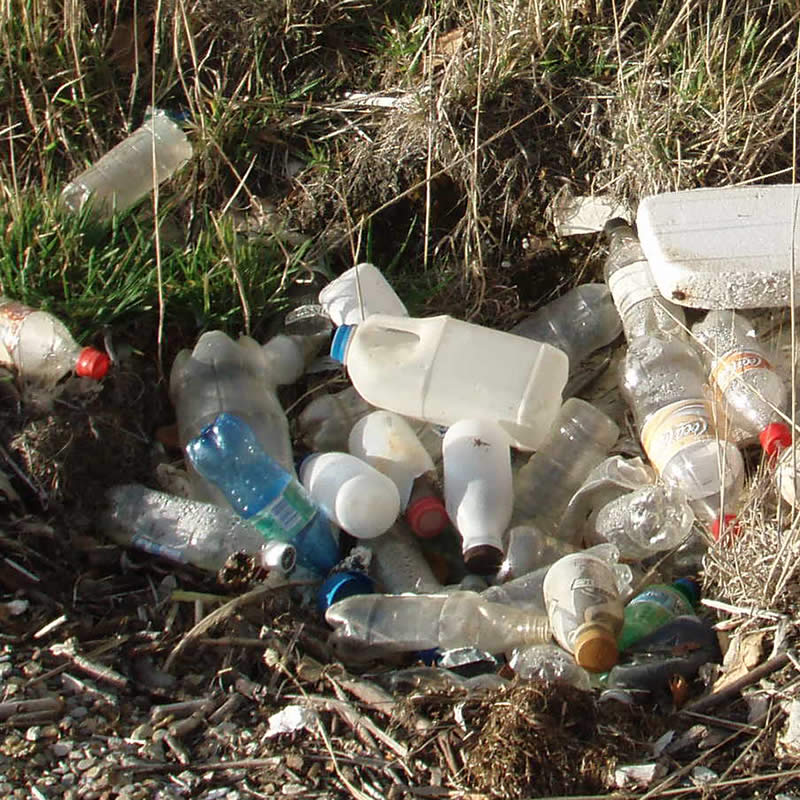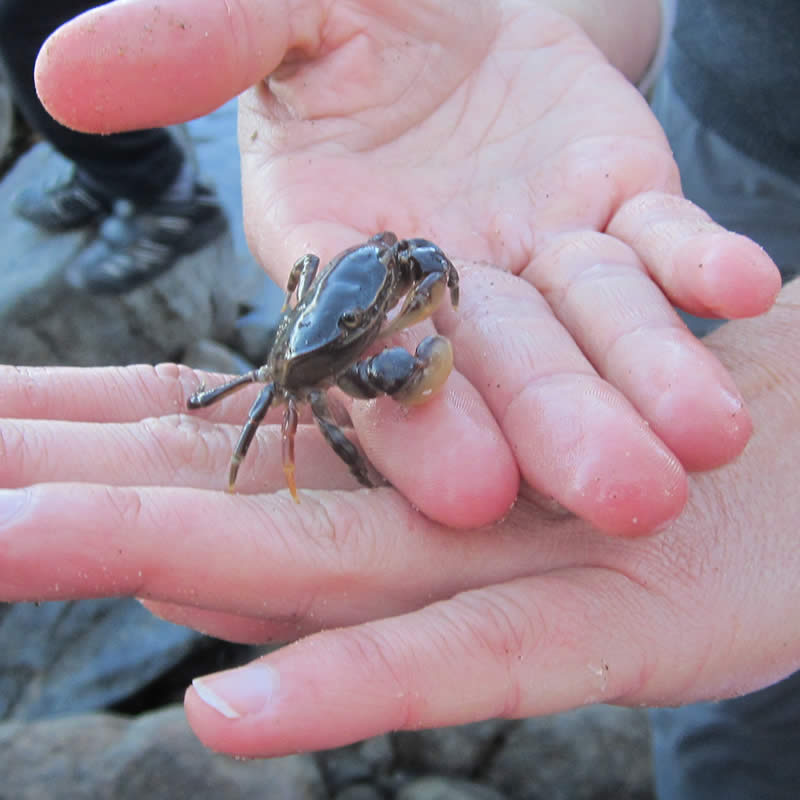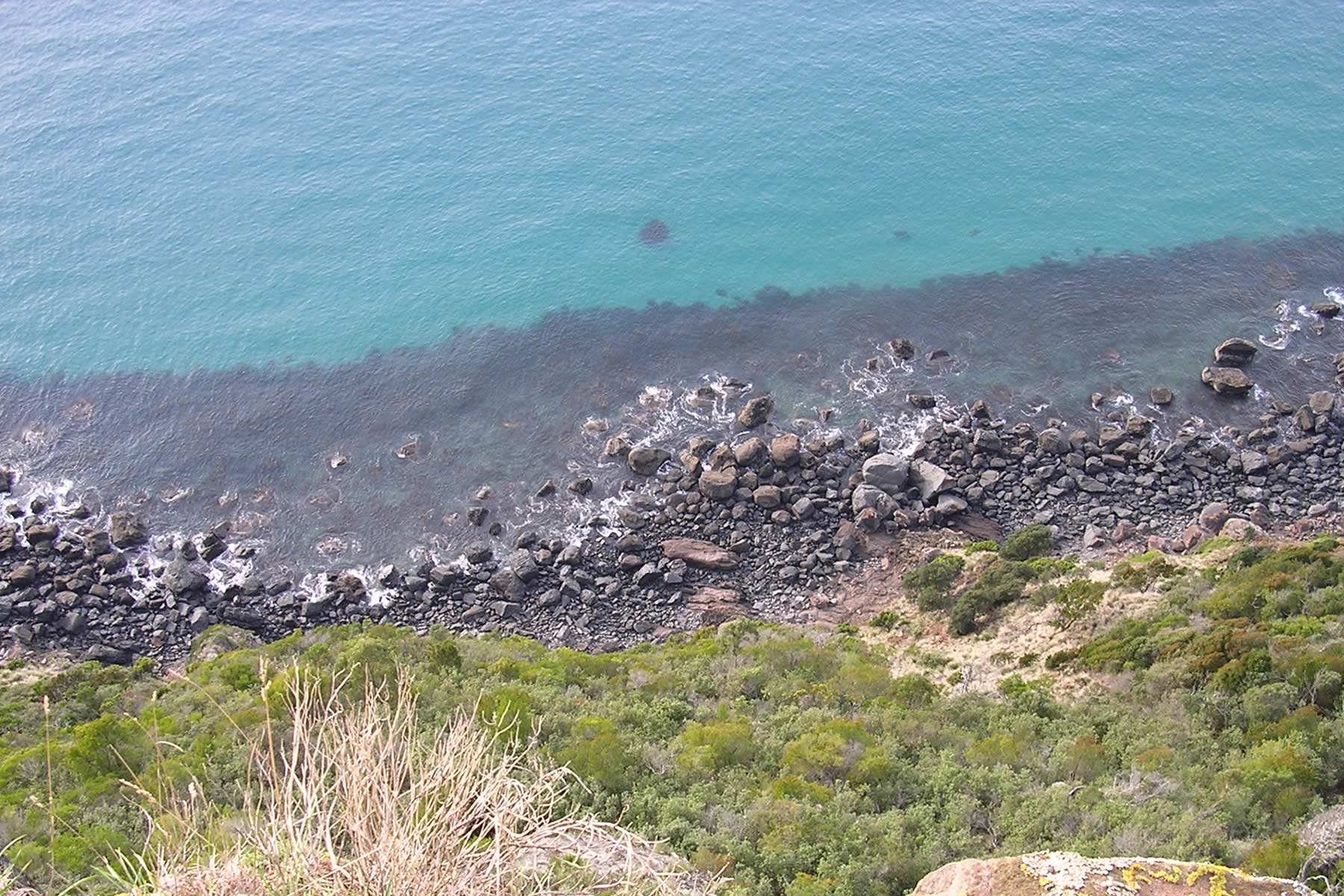
Looking down a cliff, Tasmania.
Image: iStock / fishlock
Water quality
Good water quality is essential for the health of the Derwent Estuary’s habitat and species, as well as for the people who live around its shores.
Water clarity in the Derwent is relatively good, compared to many other estuaries around Australia. Levels of suspended solids tend to be low, except after major flood events. During winter months, the estuary is coloured by naturally dark, tannin-rich river water from the upper catchment.
Nutrient levels vary seasonally, with the highest values measured in winter months when nutrient-rich, sub-Antarctic waters extend north to southeastern Tasmania. Nutrient levels are generally highest at mid-estuary sites, in bays and at depth, reflecting inputs from sewage treatment plants and sediment.
The Derwent Estuary Program coordinates a number of initiatives aimed at monitoring and improving water quality including monitoring and science, heavy metals, stormwater and water sensitive urban design projects.
Pollution reduction
The Derwent Estuary Program works with its partners to reduce pollution in the estuary. Initiatives have involved new technology to reduce heavy metal, the installation of water sensitive urban design features to capture and treat stormwater, and litter removal campaigns.

Outstretched hands covered in mud.
Image: iStock / Stephanie Phillips
Education and community
We have developed a range of classroom and outdoor activities focused on key estuary habitats.
Many of the classroom activities direct students to use this website to research and learn about the requirements of species, or the values of habitats, and threats they face. Interpretive walks are also usable by anyone in the community with an interest in the natural environment.
A walking tracks forum attended by various stakeholders agreed we needed better ways of letting people know about the fantastic walking and riding opportunities in and around Hobart, and from those discussions we developed the Greater Hobart Trails.
The DEP partnered with Expedition Class and the Bookend Trust to deliver their major expedition for 2016. Cirque to Sea explored Tasmania’s Derwent River from mountain top right down to the sea. Teachers can download lessons by grade level.
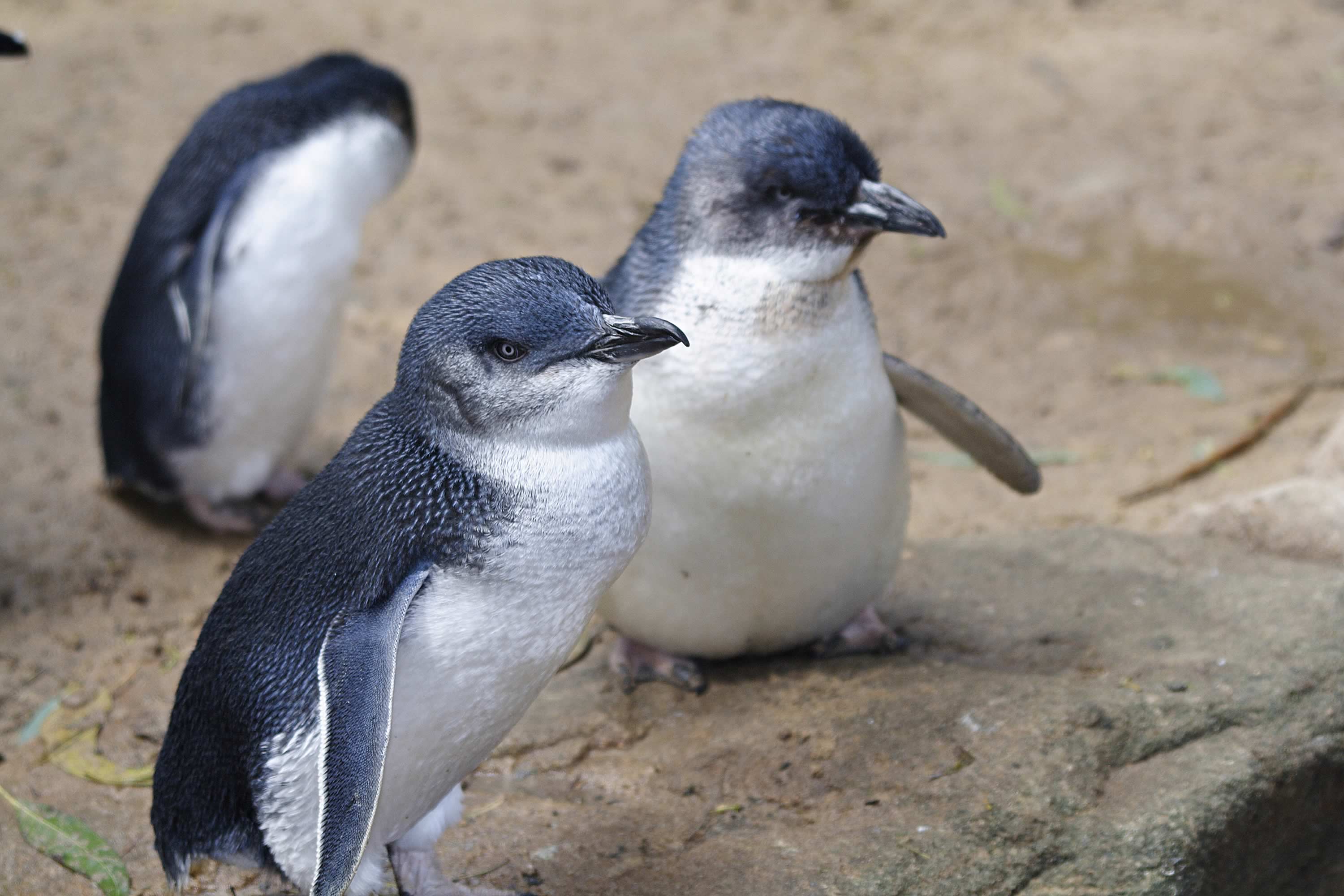
Australian fairy penguins.
Image: iStock / jswax
Monitoring and research
Ongoing monitoring is essential to gauge the health of the Derwent and effectively manage its natural resources.
The Derwent Estuary Monitoring Agreement provides the basis for obtaining such data. The first was signed in August 2000 by the state government, six local councils and three commercial partners (Norske Skog Boyer, Nyrstar Hobart Smelter and Hobart Water). In 2004 Tasmanian Ports Corporation also joined the program.
To provide better information on the estuary as a whole, the signatories agreed to coordinate their independent monitoring programs. In addition, they agreed to report annually on environmental conditions and trends in the estuary.
The Derwent Estuary Program and its partners have carried out the following:
- Recreational water quality testing during summer months (weekly)
- Whole-of-estuary water quality monitoring (monthly)
- Stormwater outfalls and rivulet monitoring (monthly)
- Seagrass beds surveys
- Mercury levels in flathead and heavy metals levels in shellfish
- Survey of the values of the Murphys Flat wetland
- Surveys and mapping of foreshore vegetation
- Survey of little penguin annual breeding numbers and breeding success
- Survey of spotted handfish distribution, abundance, and improvements to habitat
- Survey of weeds including rice grass and karamu

Roaring 40s Kayaking, Tasman National Park.
Nature conservation
The wetlands, saltmarshes and rocky reefs in the Derwent are breeding grounds that maintain fish stocks, mitigate flood waters and filter water keeping it clean. This is why the Derwent Estuary Program is committed to looking after these systems through weed management, wetland acquisition and understanding key species including little penguins and the spotted handfish.
Our vision for the Derwent is an estuary with a healthy and diverse ecosystem that supports a wide range of recreational and commercial uses and is a source of community pride and enjoyment.

